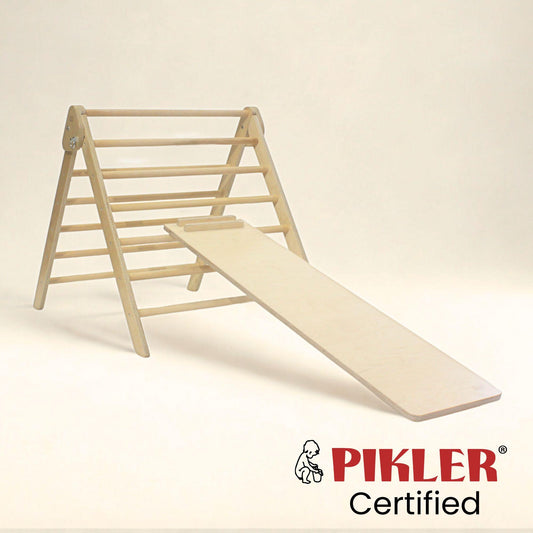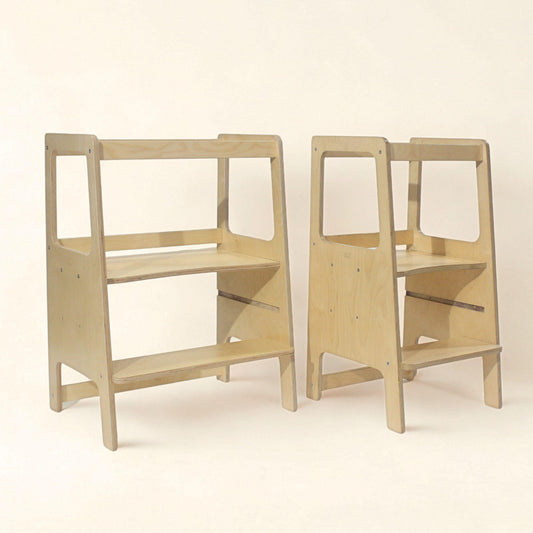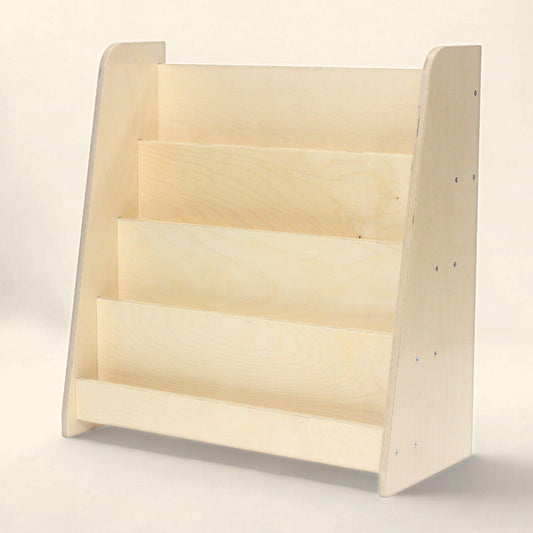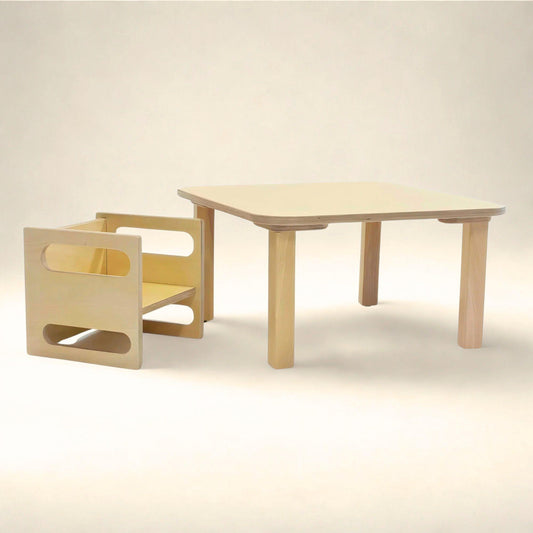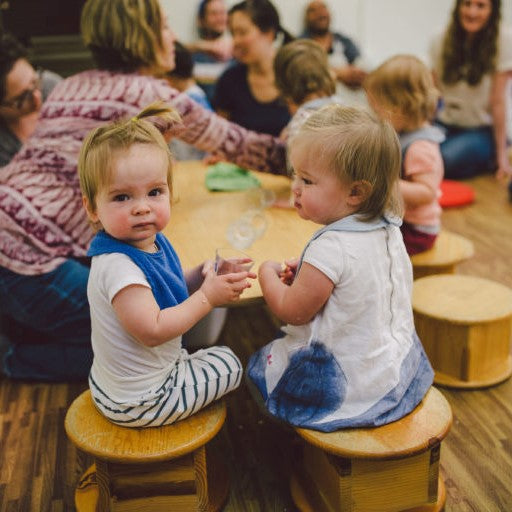
Throwing Food
Share
By Kira Solomatova

In one week, five families asked me the same question: what should we do when our child throws food?
Children between the ages of 12 mos and 36 mos will almost certainly try throwing food one point or another.
The first thing you might want to do is to slow down, observe for a minute and ask yourself: why are they doing that? Or what is the need behind it? Also you might want to observe and make a note in your head what the adults in the family do at meal time.
Possible needs could be:
· Exploring. Is it interesting to discover gravity and see pieces fly down on floor.
And of course, if you have a dog or other pets who like to eat the food – it makes it even more interesting!
· Attention. Adults who may have been busy prior to the throwing are now paying attention to the child.
· Learning about emotions. If mom or dad react with a big range of emotions, the child might wants to learn more. Parents are the most important people in their life. It is worth to learn about your feelings.
· Escaping. I am not hungry anymore, I am done. Or I want the other food.
What can you do about it?
1. Re-structure the environment
Consider a low table and a small stool. It is way less tempting to throw food from there. Also a child has more control to get up and go play when he is not hungry anymore.

2. Focus on meal time
When a child is eating, it seems like a good time to finish kitchen chores or check the phone. When you are present during meal time (“want something time”), you lessen the chances that your child will choose to throw food.
Mealtime could be a great opportunity for connection and cooperation.
3. Communicate clear expectations and a simple explanation
You might want to say: “I don’t want you to throw food, because it makes mess.” or “I want you to keep food on the table; I don’t want to waste food. That way you or I can eat this food.”
4. Offer a smaller amount of food/drink
5. Offer natural consequences
If you observe that your child is not interested in food anymore, you can say: “It looks like you are not hungry anymore.” Pause. “I wonder if we should finish the meal and go play…” You can slowly start cleaning/putting away the food. If the child is still hungry, I am sure he will let you know.
Usually, I try to move cups/plates slowly because my intent is not to treat or punish the child by taking away the food, rather the goal is to communicate that when he is not hungry, he can choose the other activity.
Sometimes it might look like your child changed his mind and wants to eat some more and as soon as you offer more food – he starts throwing again. In this case, I will move the food fast enough to avoid more throwing but still not as a punishment.
Try to keep your communication with a matter-of-fact tone. In other words, don’t be dramatic, angry or conversely, don’t be too sweet and funny.
Remember that small children want to learn more about your emotions. When you show big emotions children might want to continue doing the same simply to figure out what’s going on.
For some parents, it is really hard not to be concerned about how much the child has eaten. I can relate to this because it was a constant concern for my grandma who took care of me. When you release a child from the table earlier and suspect that perhaps he didn’t eat much, you could always move the next meal closer in time if he is hungry later on. Trust your children – they will eat the right amount!
6. Allow exploration and throwing in another space.
This point is especially important if the child is exploring the action of throwing. At home look at your environment: rearrange the bouncy balls you have, add bean bags and rolled up socks.
Find a safe space outdoors where you can practice different kinds of throwing: pinecones into a ditch, rocks into a river, leaves into a pond, etc. Throwing heavy rocks in a bigger space has a very different feel and gives a different feedback to the whole body compared to throwing light-weight balls in a small space at home.
Wishing you all the best in the difficult yet exciting journey of parenting!
Cheers,
Teacher Kira
Kira Solomatova is a RIE Associate who specializes in RIE Parenting classes, resources for infant educarers, online consultations, webinars.
Picture credit: Julia Pavlova
Photo credit: Evangeline Lane

